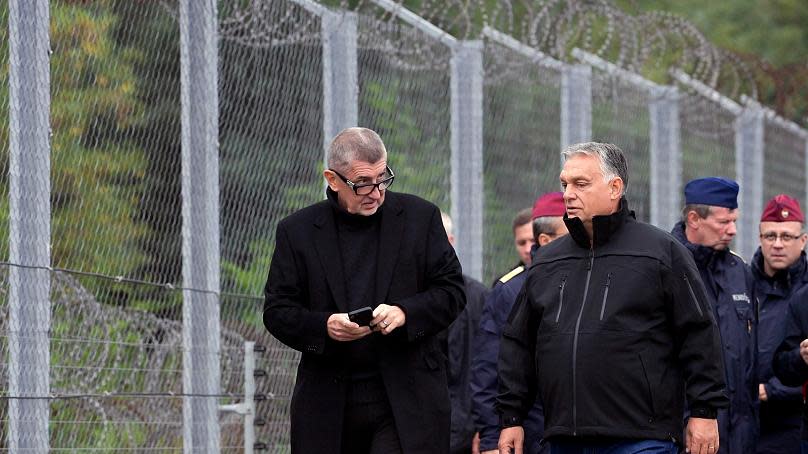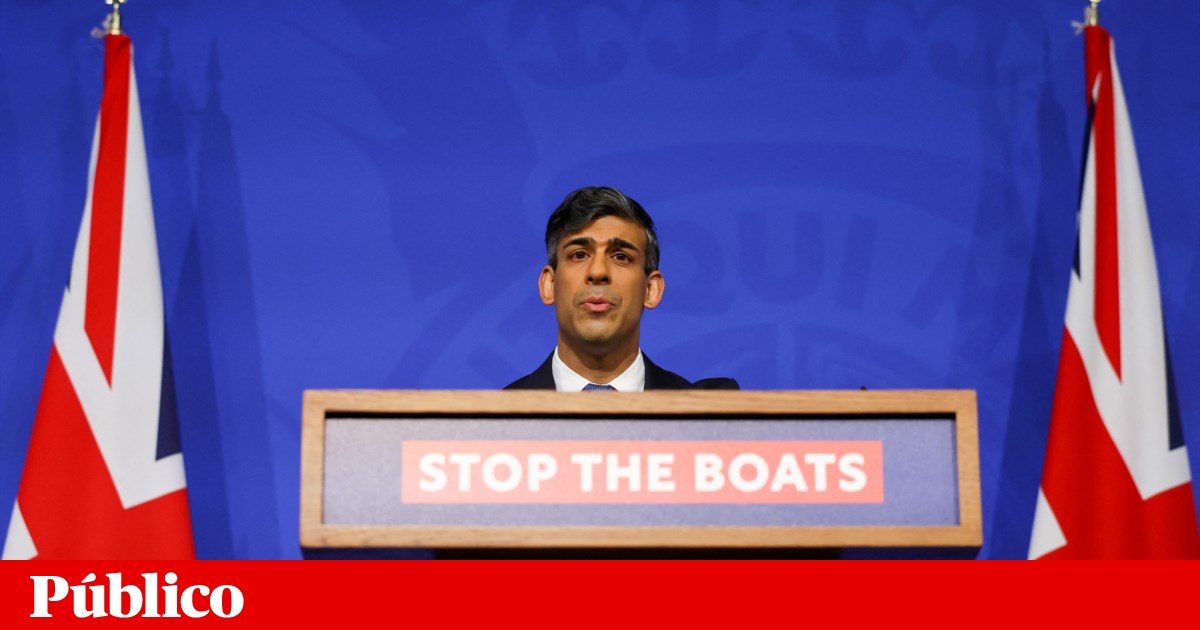
Some European governments have taken increasingly hardline stances on migration and asylum policies in recent years. But they have been blocked by the European Court of Human Rights.
The United Kingdom is the latest country to fall out with Europe’s top court after plans to take asylum seekers to Rwanda under a controversial €140 million deal with the central African country were shelved at the last minute on June 15.
The number of people crossing the English Channel in small boats has risen from less than 2,000 people in 2019 to more than 28,000 in 2021, according to British government data.
However, according to preliminary data from Frontex, the EU’s external border agency, 200,000 people entered the Schengen area illegally last year. This is the highest number since 2017 and has reignited a lively debate on how to deal with the influx.
England and Denmark want to resettle asylum seekers
To reduce the number of migrants arriving on its soil, the UK signed an agreement with Rwanda in April 2022 that provides the Central African country to host asylum seekers and migrants who have arrived illegally in the UK for five years. For 140 million euros.
The deal was heavily criticized by the opposition and NGOs, and the first London-Kigali flight to help migrants and asylum seekers, initially intended to carry 130 people, was stopped at the last minute by the European Court of Human Rights.
Britain’s Home Secretary has already said the UK “will not be deterred” and that “the government’s legal team is reviewing all decisions taken and preparations for the next flight will begin immediately”.
Another European country looking to change asylum processes is Denmark, where in June 2021 legislation was passed to allow migrants and asylum seekers to be transported to third countries, including Rwanda. No flights have taken place yet.
The kingdom had one of the most difficult settlements in Europe. According to the OECD, Denmark granted asylum to around 1,500 people in 2019. Sweden, with twice the population, took in more than 6,100 people.
While some states seek to expel migrants from their territories, other European countries seek to stop migrants before they reach their soil.
What does international law say?
The situation of migrants and asylum seekers is governed by various texts.
Tania Racho, PhD in European Law and member of the Les surligneurs and Désinfox Migrations groups, specifically cites the Geneva Convention.
Adopted in 1951, “it defines refugee status and provides for the non-refoulement of these people at the border, in order to examine their claim, when the country of their origin can no longer protect them”, Racho explained.
Indeed, the text states that a refugee cannot be expelled or returned “if his life is threatened because of his religion, nationality, a particular social group or political opinion”.
The Universal Declaration of Human Rights declares that “everyone has the right to freedom of movement and residence within the territory of any State” and that “everyone has the right to seek and enjoy in other countries asylum from persecution”.
For Tania Racho, the majority of those coming to Europe and the UK are not economic migrants, as is often claimed. Instead, he argued, these “asylum seekers, potential refugees, flee because they are persecuted in their own country. Logic indicates that the future refugee is forced to leave and does not have time to organize with identity documents.”
“It’s a minority situation to come under normal circumstances”, he underlined.

Increasingly strict migration policies
Hungary, which deported more than 2,800 asylum seekers near the Serbian border in 2021, has been repeatedly condemned by European courts for its asylum policies. Last year, the Court of Human Rights rejected Hungary’s “Stop Soros” law, which prevents migrants from seeking asylum if they leave the country where their lives are not in danger.
The law, which came into effect in 2018, also makes supporting asylum seekers a criminal offence. But Viktor Orbán chose to defy the EU. By refusing to comply with the European Court of Justice’s ruling, Hungary faces a much stiffer penalty.
Some countries follow different strategies. That’s the case with Poland, which in January began fencing its border with Belarus to keep out migrants. The wall is equipped with cameras and motion detectors, which border guards use to prevent smuggling.
However, strategies by states seeking to control migrant flows from their territories do not always work. Slovenia has changed its immigration policy, removing a barbed wire fence along its border with Croatia. According to the government, the fence has not achieved its goal: to discourage people from crossing the border.
“The evacuation, already traumatic,” recalls Tania Racho. In other words, there is a trauma created by a person’s departure, to which is added the trauma of exile, because it is a difficult journey (…) and if people leave again, they run the risk of creating new traumas”.

“Reader. Infuriatingly humble travel enthusiast. Extreme food scholar. Writer. Communicator.”



:strip_icc()/s01.video.glbimg.com/x720/12540012.jpg)


